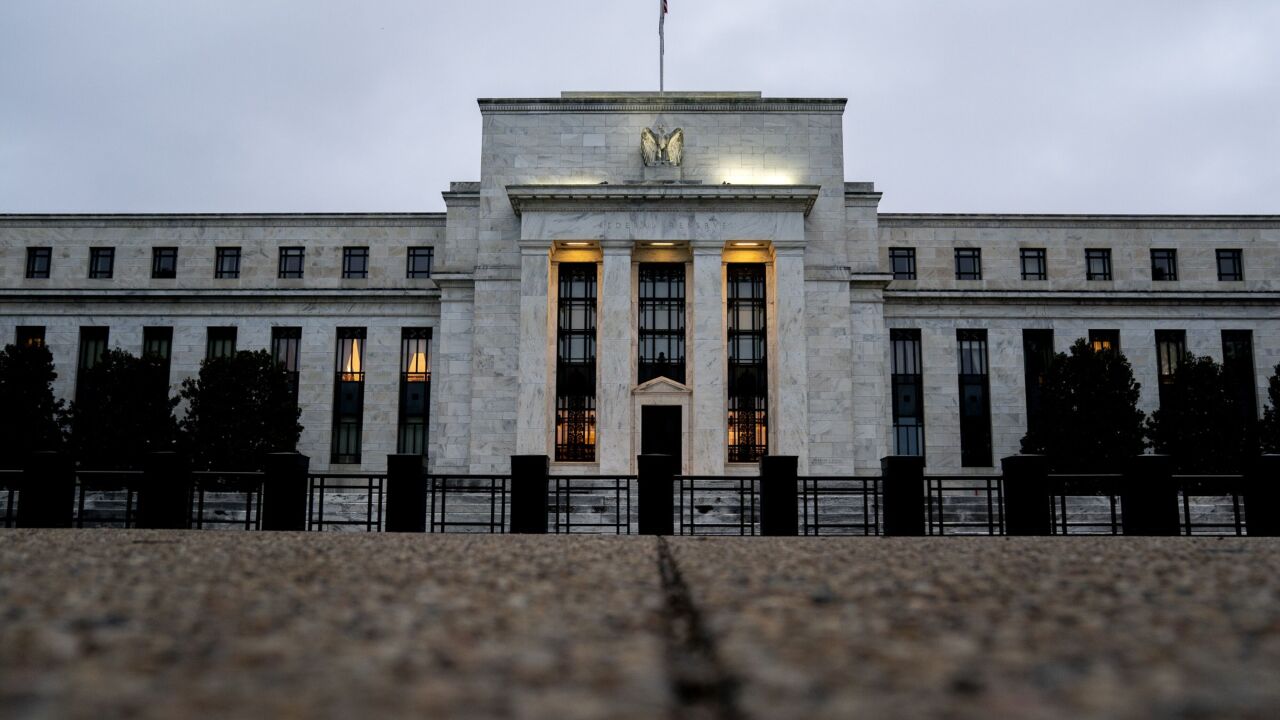A run of low mortgage rates lifted industry hiring indicators in February. But there was an unexpected development in the additions to overall jobs the Bureau of Labor Statistics reported for March that could augur change for market conditions.
The addition of 228,000 U.S. jobs last month outpaced estimates for 140,000 and left unemployment at 4.2%.
Despite the unexpectedly high additions, there is underlying weakness in a U.S. job market, where vacillating public sector cuts totaled 4,000 in March, said Mortgage Bankers Association Chief Economist Mike Fratantoni.
"In light of
Officials might want to see a change in inflation numbers before they make any concrete moverelated to rates in monetary policy.
"The Federal Reserve, in data-dependent mode, is likely to remain cautious with respect to any rate cuts so long as inflation is above target, and the job market data continues to come in strong," Fratantoni said.
Although tariff policy recently tanked equities and put downward pressure on rate-indicative bond yields, there are questions about whether it could introduce inflationary pressures to the economy over time.
The mixed economic data adds to concerns that started to surface late last year about whether
The average mortgage banker went back to





